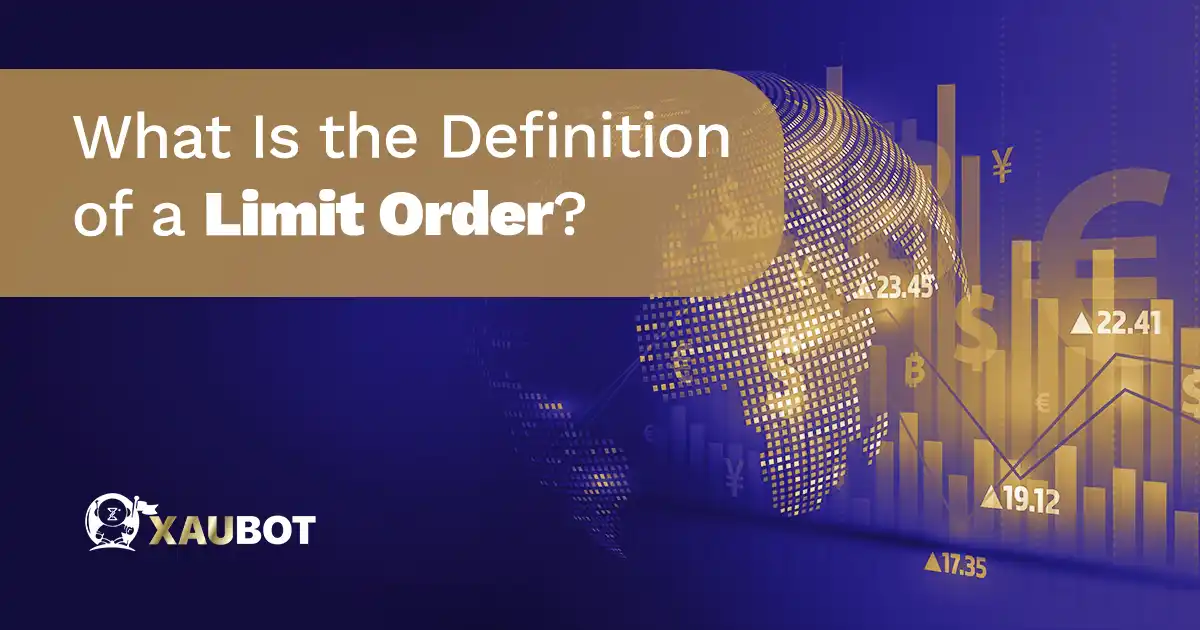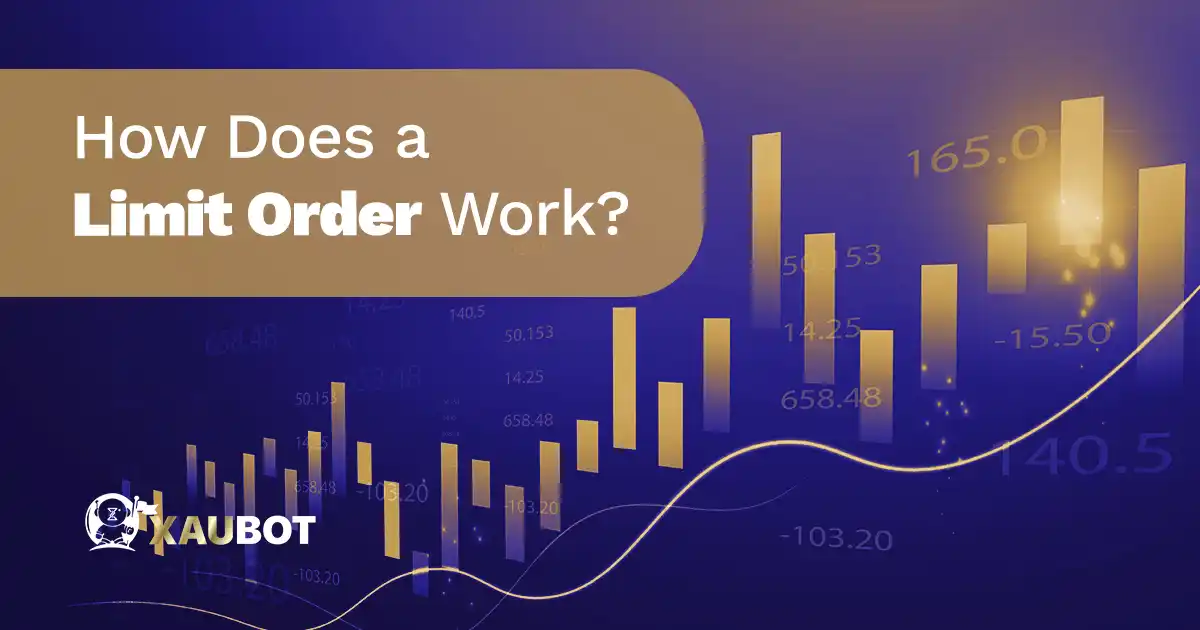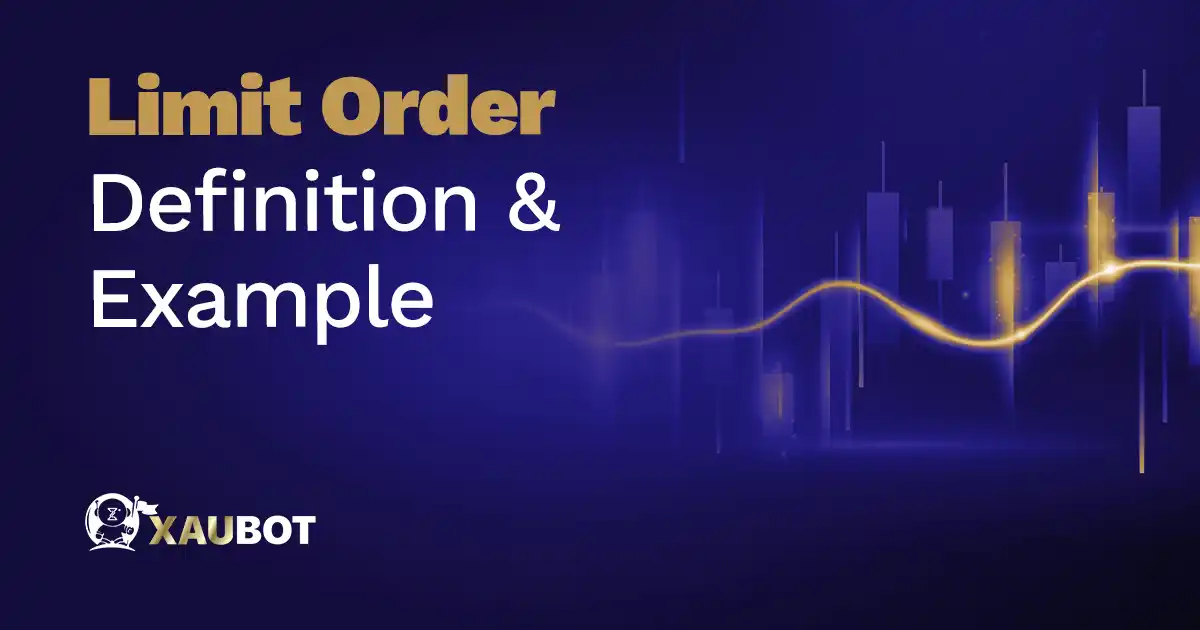Among the most issued and widely implemented orders in the forex market and other financial markets we have the limit order. According to this order, you set a limit for the broker in order to purchase or sell your asset in the market.
So with the help of the limit order you will require the broker to buy or sell for you at your requested price or even better. Using this directive, traders will be able to have a higher chance of receiving their requested price whether they are selling or buying. Plus, they don’t have to keep analyzing and monitoring the market, as they have left a directive with the broker regarding their demand price wise.
Furthermore, a limit order gives traders the upper hand of protecting their assets against losses in the market as they had already specified a constraint for the price of their assets with the broker.
In this article, we want to fully examine the limit order, see how it works, compare with other major orders, and of course, provide you with an example.
What Is the Definition of a Limit Order?

What Is the Definition of a Limit Order?
First off, it might be interesting to note that most of the orders, or directives, that are sent by the traders to their brokers are not specific to one kind of position. They are either a buy or sell order. The same is true for the limit order.
As we saw, a limit order can be issued in various financial markets to buy or sell an asset, such as stock in the stock market or currency pairs in the foreign exchange market, at the price that you have specified for the broker or at a better price.
Naturally, as you can see this provides a great degree of control to the trader over their assets and also offers them ease of mind that their position will be what they want or better.
Naturally, depending on the type of order, if the limit order is a buy order then it means you will have your order filled by the broker at your requested price or lower – and likewise, if the limit order is a sell order the broker will have your order filled at the requested price or higher.
If everything so far has sounded too good to be true, it’s because it is.
Even though with a limit order you are guaranteed that you will not sustain losses no matter if you are buying or selling, the filling of order, however, is not guaranteed.
This is the case with many orders in financial markets, where you get to specify one aspect of the order, such as price or the time of filling, but the filling of the order itself is not actually guaranteed.
This could have of course been surmised given the nature of the order. You put out the order with your own terms, but chances are your terms will not be met in the market.
After all, you cannot control the market.
As such, limit orders can remain open for a limited time period. During the time it is open, two things can happen.
One, the tide turns your way and your order gets filled.
Or two, the conditions do not match your request and you ought to cancel your order.
Now let’s see exactly how a limit order works.
How Does a Limit Order Work?

How Does a Limit Order Work?
With a limit order, as a trader, you are fully in charge of the price. But that is all. There are no guarantees that your order will be filled.
So this means when you place a limit order to buy Tesla shares at $273, that is the highest price you are willing to pay. The broker will either be able to fill your order using its inventory or order book available at that price or if you are lucky even lower, or you will have to cancel your order.
Along similar lines, when you place a limit order to sell your Tesla shares at $276, you are guaranteed that this is the lowest price you will get for your shares or hopefully better. In this case, either the broker will be able to fill your sell order at that price or higher, or you will wind up canceling it altogether.
Therefore, as you can see the way a limit order works is that it provides the trader with assurances with regard to price but not the order actually being filled.
It is sort of a safe bet that you can place in the market. But the safety aspect of it will reduce the chances of it taking place.
Difference Between a Limit Order and Stop Limit Order
There are a number of orders in financial markets such as Forex that users confuse with each other all the time. These include a limit order, a stop limit order, and of course a stop loss order.
The last one, stop loss order, is perhaps the most well-known and the easiest to understand of all. You set a price to, for example, sell your asset should the prices fall to a specific point.
But what is a stop limit order? And how is it different from a limit order?
Simply put, a stop limit order is a limit order with an extra step.
So this means both the limit order and stop limit order have a specified price at which the asset ought to be bought or sold or at a better price.
But with a stop limit order, you also specify the price change before hitting your requested price.
So, using our example above, we saw that a limit order to sell Tesla shares at $276 means your shares will be sold at this price or higher.
But the same situation with a stop limit order can have the added step of prices falling from $280 to $277 first to then hit the requested price.
That is the small difference between a limit order and a stop limit order.
Example of a Limit Order
To provide an example, let us revert to our Tesla share example but elaborate a little bit more.
So imagine the Tesla share is trading at $273. And as a trader you want to purchase 1000 shares, because you believe the future of this stock is promising. But at the same time, you believe that the current price is not the real reflection of this stock.
Thus, you place a limit order with your broker to buy these shares at $270 or lower. Now imagine this can take a long time to happen, if ever. But you are willing to take your chances.
This is an example of a limit order to buy an asset. The limit order to sell an asset works similarly only in reverse.
Conclusion
You can place limit orders with your broker in any financial market, such as the forex market, to set your demands with regard to the price you want to buy or sell. If you are lucky or have set the price reasonably, your order will be filled. Otherwise, chances are your order will not get filled and you have to cancel it.
